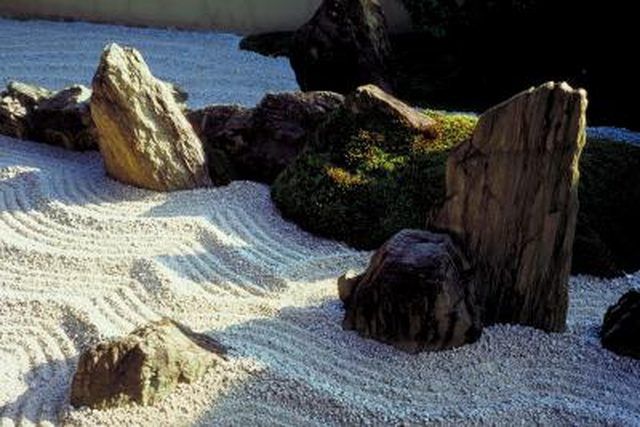Bulbs
Flower Basics
Flower Beds & Specialty Gardens
Flower Garden
Garden Furniture
Garden Gnomes
Garden Seeds
Garden Sheds
Garden Statues
Garden Tools & Supplies
Gardening Basics
Green & Organic
Groundcovers & Vines
Growing Annuals
Growing Basil
Growing Beans
Growing Berries
Growing Blueberries
Growing Cactus
Growing Corn
Growing Cotton
Growing Edibles
Growing Flowers
Growing Garlic
Growing Grapes
Growing Grass
Growing Herbs
Growing Jasmine
Growing Mint
Growing Mushrooms
Orchids
Growing Peanuts
Growing Perennials
Growing Plants
Growing Rosemary
Growing Roses
Growing Strawberries
Growing Sunflowers
Growing Thyme
Growing Tomatoes
Growing Tulips
Growing Vegetables
Herb Basics
Herb Garden
Indoor Growing
Landscaping Basics
Landscaping Patios
Landscaping Plants
Landscaping Shrubs
Landscaping Trees
Landscaping Walks & Pathways
Lawn Basics
Lawn Maintenance
Lawn Mowers
Lawn Ornaments
Lawn Planting
Lawn Tools
Outdoor Growing
Overall Landscape Planning
Pests, Weeds & Problems
Plant Basics
Rock Garden
Rose Garden
Shrubs
Soil
Specialty Gardens
Trees
Vegetable Garden
Yard Maintenance
How to Make a Simple Rock Garden
How to Make a Simple Rock Garden. A rock garden structures space and adds a pleasing, low-maintenance yard feature. A simple rock garden design can echo nature, providing an area of tranquility. A rock garden without plants, or incorporating drought-resistant plants, saves water and labor. Rocks offer a range of colors and texture, allowing you to...

A rock garden structures space and adds a pleasing, low-maintenance yard feature. A simple rock garden design can echo nature, providing an area of tranquility. A rock garden without plants, or incorporating drought-resistant plants, saves water and labor. Rocks offer a range of colors and texture, allowing you to evoke a creek bed, a desert, an alpine trail, a zen garden, a beach or almost any natural or designed setting you prefer. The space you have available and the rocks you choose can guide your design.
Things You'll Need
Shovel
Rocks of various sizes
Plants (optional)
Potting soil (optional)
Basic Rock Garden
Arrange the rocks in a pleasing design. For instance, place a group of five large rocks in the back corner of the yard and set up groups of three medium rocks in a random pattern around them.
Fill in the area with smaller rocks, gravel or coarse sand. Raking the sand in patterns gives a zen garden effect; gravel acts as a weed barrier.
Add height to your simple rock garden by creating a mound of earth for a hill, or use a hillside on your property to embed rocks in. Dig a hole a third of the height of the rock and make sure to seat the rock firmly so that it will remain in place. This gives a natural look to larger rocks in a rock garden. A rise of rocks works well for an herb or succulent garden or for small flowers.
Adding Plants
Pour soil between rocks to create natural clefts for growing plants. Make a small hole in the soil with your fingers. Plant a small plant or moss in the soil.
Press the the soil gently and firmly around the plant. Plant eye-catching or hanging plants near the top of the rock garden and shorter plants near the the base of the rock grouping.
Water the plants immediately. Moss gardens work best where there is at least partial shade and plenty of moisture. Succulents make a good choice for a low-water garden.
Tips & Warnings
Use rocks in colors that add contrast to your yard. For example, if you have a pale-colored house, use dark-colored rocks such as red and black lava rocks. If you have a dark-colored house or a lot of dark brick in your landscaping, use some light-colored rocks.
Combining rocks with different colors and shapes adds interest to a rock garden. For example, couple flat dark gray slabs of slate with pale oval rocks.
Gravel lasts longer than sand in areas with heavy rainfall.
Supervise children playing near a rock garden to reduce the risk of injury.
Get help if needed for moving large, heavy rocks. Bend your knees and use your legs, not your back when you shift rocks.
Lava rocks provide a dramatic addition to the landscape and are relatively light in weight due to their porous nature. They're safer for carrying up a hillside than dense, heavy rocks.